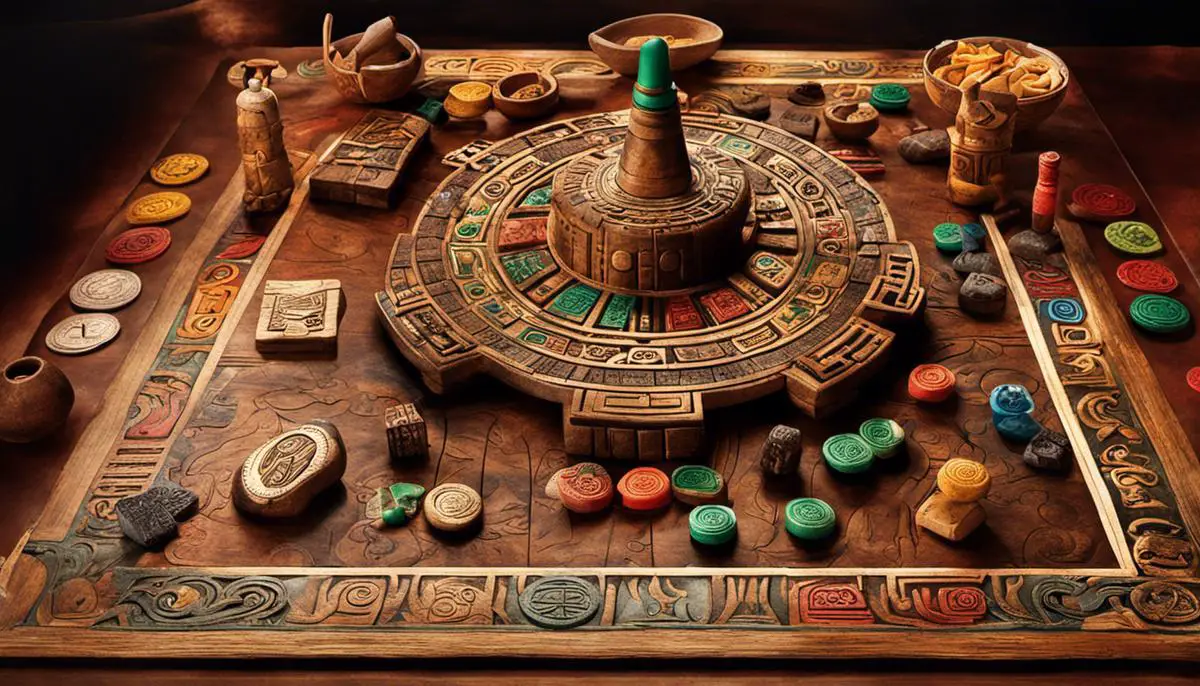Step into the vibrant world of the Aztec civilization, a culture rich in tradition, intrigue, and passionate gaming customs. From the powerful influence religion and society had on these games to the very detailing on the game pieces, every aspect of Aztec board games tells a story. The purpose of this discourse is not simply to acquaint you with the ancient Aztec games like Patolli and Tlachtli, but to empower you with the knowledge and appreciation of their cultural significance, rules, and aesthetics. This journey will lead you to the captivating process of designing and creating your own Aztec-style board game, providing a vivid, hands-on experience into the life, beliefs, and recreational past-times of this celebrated civilization.
Understanding Aztec Culture
Understanding the Aztec Culture: Cultural and Religious Aspects Influencing Games
The rich civilization of the Aztecs constitutes a significant part of ancient Mesoamerican history. The society was notably influenced by cultural and strong religious aspects. Aztec board games played a key role in this civilization as they signified not just a pastime activity, but a reflection of their religious beliefs and societal values.
The spiritual belief system of the Aztecs, which revolved around celestial bodies and forces of nature, was fundamental in the creation and rules of Aztec games. Gods depicted in Aztec mythology, such as the god of death Mictlantecuhtli, were portrayed in these games, serving as valuable educational tools for the younger generation.
The Role of Games in Aztec Society
Aztec games, primarily board games and team sports, held a powerful societal role beyond mere entertainment. They served religious, educational, and political functions, as well as created solidarity within communities. Many of these games were highly ceremonial, often featuring in religious festivals and ceremonies.
The games were important for instilling societal values and lawfulness. A significant element of these games was the concept of chance, symbolizing the unpredictability of life and the divine guidance of the gods. The players, often religious leaders and nobility, would often participate in divine rituals before engaging in the games, highlighting the spiritual significance of the games.
Understanding Aztec Games: Rules and Mechanics
Patolli, one of the oldest known Aztec board games, was a race game played on a cross-shaped board. The aim was to move stones around the board, with moves dictated by thrown beans or corn kernels with marked sides, similar to dice in modern games.
Another popular game was Ullamaliztli, a rubber ball game associated with fertility and the underworld, due to the bouncing motion of the ball reminiscent of life cycles. This game’s rules were complex and may often involve heavy physical contact, similar to modern team sports.
Creating Your Own Aztec Game: Bringing History to Life
In creating your own Aztec board game, a deep understanding of the powerful cultural and religious aspects of the Aztec society proves invaluable. Pay attention to the significance of gods, elements of chance and the connection to nature in your game design. It’s important to incorporate these complex cultural narratives into the game rules and mechanics to capture historical realism and incite intrigue.
Lastly, remember that original Aztec games served more purposes than mere entertainment. They were a way to unify community, instill societal values, and reflect on the unpredictable course of life. Recreate this depth of meaning in your DIY Aztec board game to appreciate the rich history and culture of the Aztecs.
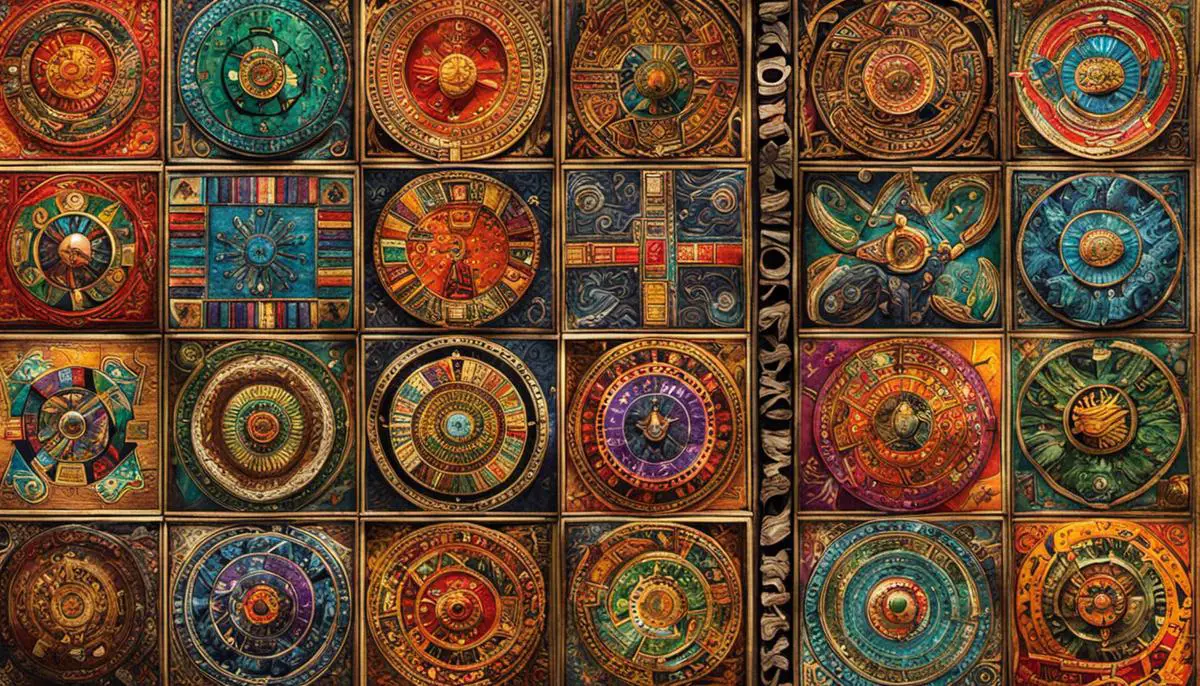
Exploring Traditional Aztec Board Games
Patolli: An Aztec Gambling Game
Patolli is arguably the most popular board game that was played by the ancient Aztec civilization. The game was a gambling game and required both skill and luck. It was usually played on a mat but for a DIY version, it can be drawn or printed on a piece of paper. The board is shaped like a cross with squares around the circumference, each arm of the cross comprising of 13 squares.
The gameplay involves throwing five beans (marked on one side) on a mat and moving game pieces around the board. Players begin by placing six markers, often made from stones or pottery, at the start of the board. They toss the beans and the number of marked sides that land face up determine how many squares a marker can move.
The game’s objective is to traverse the board with all six markers first. The catch however, is that if another player’s piece lands on yours, your piece must return to the starting square, adding a level of competitive strategy to the game.
Tlachtli: Aztec Ball Game
Tlachtli, also known as ullamaliztli, was a significant part of ancient Aztec culture. It was essentially a ball game played with a rubber ball in a court. The court, called Tlachtli, was shaped like a capital “I” and had stone rings on the sides.
One thing to note when creating a DIY version of this game is the heavy, solid rubber ball used in traditional Tlachtli. The ball weighed about 3-4 kgs (6-9 lbs), perhaps too heavy for a DIY-version. A rubber ball of a lighter weight can be used as a substitute.
The aim of the game was not to let the ball touch the ground, all the while hitting it with their hips, knees, or elbows trying to pass it through the stone rings on the sides of the court. In the traditional game, if a player managed to pass the ball through one of these rings, it often resulted in an immediate win.
In addition, the game was more than just a sport to the Aztecs; it had religious significance as well. It is good to remember these cultural and historical contexts when replicating or playing these games.
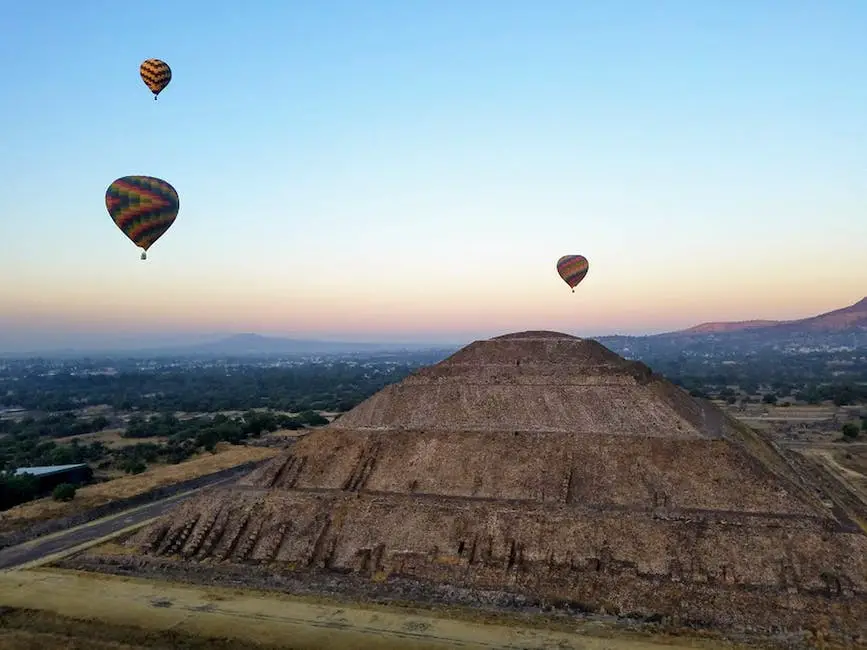
Materials and DIY Techniques
Materials: Choosing the Right Equipment
The production of DIY Aztec board games typically involves a combination of woodworking, painting, and carving skills with a deep understanding of the iconic symbols and images from Aztec culture. The first step in producing a replica of an Aztec board game is to choose the right materials. Traditional Aztec games were made using a variety of materials, including stone, wood, and ceramics. For hobbyists starting out, wood for the game board and clay or polymer for the game pieces represent realistic and cost-effective choices.
The selection of tools for the job is also crucial. A simple saw or router will help in cutting out the game board from a piece of wood. Clay or polymer for the game pieces can be shaped by hands or with readily available sculpting tools.
Paints: Capturing the Essence of Aztec Art
Paints play a vital part in replicating the authentic feel of an Aztec board game. Aztecs used a wide variety of natural dyes to create vibrant and symbolic representations. While original dyes are hard to duplicate, modern alternatives provide a great range of colors.
Acrylic paints are an excellent choice for both the wood board and the clay or polymer pieces. The colors are vivid, the paint is easy to manipulate and it dries quickly.
Carving: Creating the Game Board and Pieces
Carving the game board and the pieces is the most challenging but also the most rewarding part of creating the Aztec board game. Aztec art is packed full of intricate patterns and animal representations, which bring life and purpose to the game.
Aztecs used a combination of stone and wood carving techniques. For a DIY project, it’s best to stick with wood and clay/polymer carving. These materials are softer and easier to work.
The creation of the game board involves outlining the playing zones, carved using a router. The game pieces should be compact and easy to handle, carved from clay or polymer. Once the initial shapes are formed, the pieces can be refined with carving knives or rotary tool for smaller details.
Depiction of Aztec Symbols: Telling a Story
Understanding and depicting Aztec symbols accurately is crucial to embodying the historical and cultural significance of these games. Certain symbols represented different deities or natural phenomena in Aztec culture, and often, these symbols held special significance within the games.
For authenticity, research and study the symbols of Aztec culture and their meanings. Incorporate these symbols into your board game design, either etched into the board or game pieces or painted on. To paint these symbols, consider using a very fine brush, or even paint pens for precision and clear lines.
As you complete each step of this project, not only will you build a functional game, but also you will create a piece of art, imbued with the rich and vibrant history of Aztec culture.
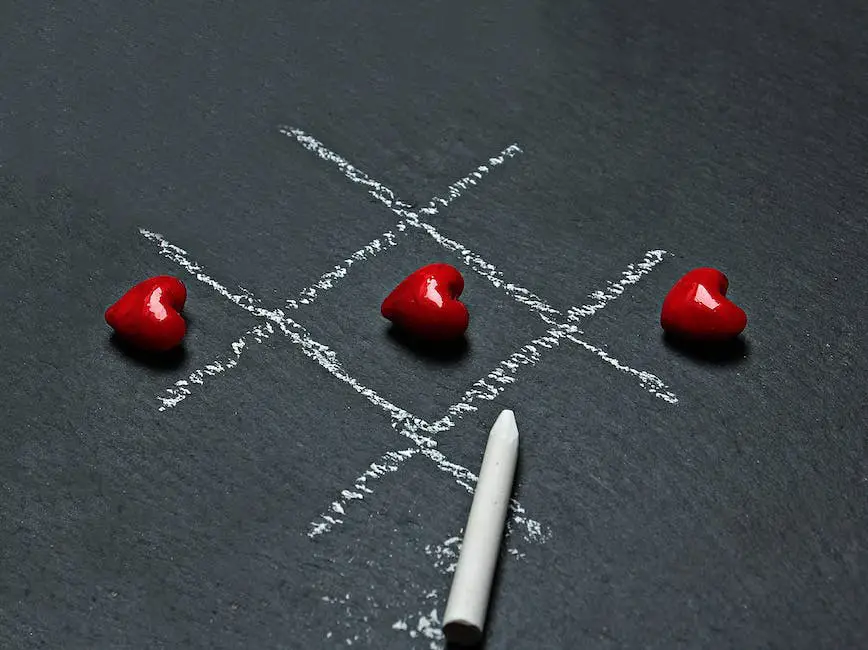
Designing & Creating Your Board Game
Step 1: Understanding the History and Philosophy of the Aztec Games
The first step in your DIY project is to understand the philosophy behind Aztec games. Many of these were devised as a means of communication between the people and their deities, with each game having a spiritual significance. For instance, Patolli was believed to please the Aztec god of luck and fortune, Macuilxochitl. Reading and understanding this historical context will help inspire your own Aztec-themed game.
Step 2: Drafting Your Game
Next, sketch out your game board design on paper including any elements, lines, shapes or symbols. The most common Aztec game, Patolli, is usually drawn in a cross pattern with a total of 52 spaces – reminiscent of the Aztec calendar. Feel free to use this or another traditional Aztec motif as a starting point.
Step 3: Gathering Your Materials
Before starting, you should gather all the necessary materials. For the game board itself, you’ll likely want a sturdy piece of wood or heavy cardboard. You’ll also need a ruler or straight edge, pencil, and potentially a compass for creating circles or curves. For painting the board, have a collection of acrylic paints and brushes on hand.
Step 4: Transferring Your Design
Using a ruler, transfer your sketched design onto your board, being careful to ensure everything is equally spaced and symmetrical. A draftsman’s compass is ideal for accurately drawing any curves or circles. You can make your lines permanent with a dark marker or by lightly carving them into the surface of the board.
Step 5: Painting Your Board
Use bright, vibrant colors to make your board visually appealing. Aztec art often involves a lot of color symbolism, so again, you may want to do some research on traditional colors and their meanings. Allow your board to dry completely before moving on to the next step.
Step 6: Creating Your Game Pieces
While you could use generic game pieces for your board, crafting unique, Aztec-inspired pieces will enhance your game’s authenticity. Clay is a good material for this, as it can be easily shaped and hardened. You can make your pieces represent various Aztec gods or symbols. Once your pieces are shaped, let them dry and harden, then paint them with acrylics.
Step 7: Defining Your Game Rules
After your board and pieces are ready, define the rules. Traditional rules of Aztec games are a mix of strategy and chance, and many involved beans or maize kernels as dice. For Patolli, players threw handfuls of these on the board and the number of upturned items determined the moves. Play around with different ideas until you arrive at a set of rules that is engaging and enjoyable.
Step 8: Testing and Refining Your Game
Once your board is dry and the pieces are ready, it’s time to start playing. Test your game with family or friends and take note of any potential improvements or alterations needed to either the design, the rules, or the overall flow of the game. This process might take a few rounds to get right, but with patience and creativity, you’re sure to create a unique Aztec board game to be proud of.
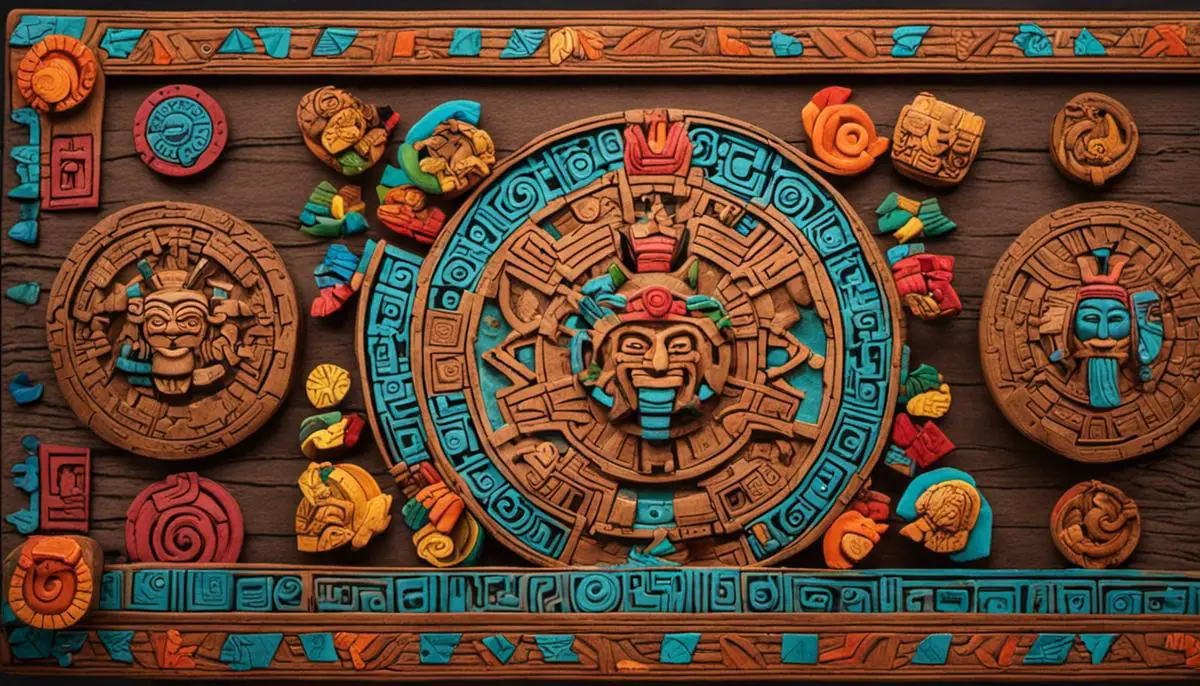
Exploration into the Aztec civilization, most notably their board games, offers exceptional insights into their dynamic culture, society, and spirituality. While understanding the traditional Aztecs’ board games forms the crux of our study, the art and craft involved in making these games add another enriching layer to our learning. There is charm and knowledge in crafting each game component that narrates volumes about their artistic abilities. Imagine, creating your own Aztec board game, imbibing the traditional charm and cultural richness, while personalizing it with your creative tweaks. It’s not just about paying homage to a historic civilization; it’s about bringing a piece of it into your living room, experiencing the thrill and joy that the Aztec people reveled in centuries ago.
